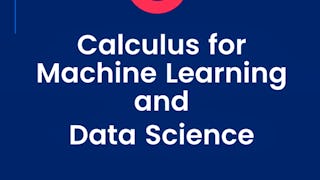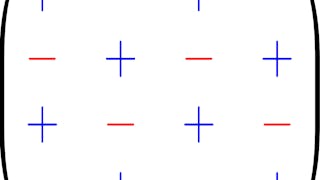Updated in May 2025.
This course now features Coursera Coach! A smarter way to learn with interactive, real-time conversations that help you test your knowledge, challenge assumptions, and deepen your understanding as you progress through the course. This course is designed to introduce you to the powerful world of Matrix Calculus, specifically focusing on its application in Data Science and Machine Learning. By the end of the course, you will gain a strong foundation in the essential calculus concepts, such as matrix and vector derivatives, optimization techniques, and their real-world applications in machine learning models. You'll also learn to navigate the complexities of data-driven algorithms through a deep understanding of matrix calculus. The journey begins with an introduction to the course, outlining key topics and offering strategies for success. You’ll be provided with practical guidance on accessing essential course code, allowing you to engage with real-world exercises. The first main section delves into matrix and vector derivatives, covering fundamental concepts like linear forms, quadratic forms, and chain rules. Each section includes hands-on exercises to solidify your understanding of these topics and their applications, such as solving least squares and Gaussian distribution problems. The second part of the course dives deep into optimization techniques, crucial for refining machine learning models. You will explore second derivative tests, gradient descent, and Newton's method, both in one and multiple dimensions. These methods will be demonstrated with Python code to show how optimization strategies are implemented in practice. By applying these techniques in various exercises, you will develop the skills needed to optimize machine learning algorithms efficiently. This course is ideal for those with a basic understanding of calculus and linear algebra who are looking to enhance their skills in the context of data science and machine learning. It is perfect for data scientists, machine learning enthusiasts, and researchers who want to learn the mathematical foundation behind the algorithms driving modern data-driven technologies.

















